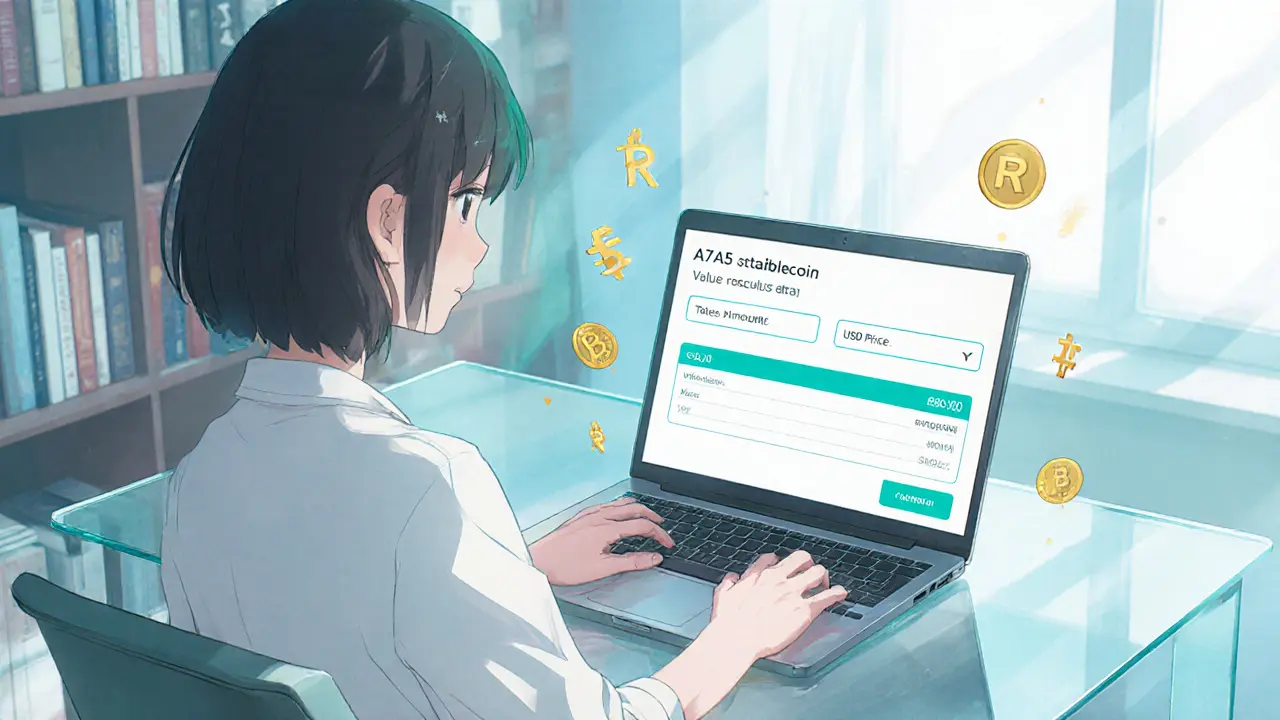Digital Financial Asset Russia: Rules, Risks & Opportunities
When talking about digital financial asset Russia, the term covers any blockchain‑based token, cryptocurrency, or tokenized security that can be traded or held by Russian residents. Also known as Russian crypto assets, it sits at the crossroads of finance, technology, and law. Digital financial asset Russia is subject to a mix of central‑bank rules, tax guidelines, and market‑specific practices that shape how investors, businesses, and developers operate.
The first pillar you’ll run into is cryptocurrency regulation Russia, a framework issued by the Central Bank of Russia (CBR) that defines what counts as a digital asset, how exchanges must register, and which activities are prohibited. This regulatory layer interacts directly with digital asset licensing, the official permission process that firms need to offer services like custody, trading, or token issuance. Finally, the market’s heartbeat is driven by crypto exchanges Russia, platforms that connect buyers and sellers, report to the Federal Financial Monitoring Service, and enforce KYC/AML checks. Together these entities form the backbone of the Russian digital‑asset ecosystem.
Key Regulatory Pillars
Digital financial assets in Russia encompass cryptocurrencies, tokenized securities, stablecoins, and even NFT‑based collectibles. The CBR classifies most tokens as property for tax purposes, which means capital gains are taxed at the personal income rate. At the same time, stablecoins pegged to foreign currencies must obtain a special issuance license, and any issuer that wants to market a stablecoin to retail users must prove adequate reserves. This creates a direct link: regulation requires licensing, and licensing ensures market stability.
For anyone planning to launch a new token, the licensing process starts with a submission to the Central Bank’s FinTech department. You’ll need a detailed whitepaper, proof of backing assets, and a compliance plan that covers AML/KYC, data protection, and consumer risk disclosures. The CBR reviews the application in three phases—initial screening, technical audit, and final approval—usually within 60 days if all documents are in order. Missing a single document can stall the process, so preparation is key.
Crypto exchanges operating in Russia must register as “digital asset service providers.” Registration involves a hefty security deposit, continuous reporting of transaction volumes, and a requirement to store a portion of user funds in a Russian‑based custodial bank. This deposit acts as a safety net for users if an exchange faces liquidity issues. In practice, the deposit size is tied to the exchange’s projected market share, which incentivizes smaller platforms to stay lean and transparent.
Taxation is another major factor that shapes user behavior. Since 2021, the Russian tax code treats crypto sales as taxable events, and every exchange is required to issue an annual summary of gains to the Federal Tax Service. The tax rate aligns with the individual’s income bracket, ranging from 13% for residents to 30% for non‑residents. Failure to report crypto income can trigger audits and fines, which is why many traders now use tax‑software integrations offered by local exchanges.
Beyond regulation, the Russian market is notable for its strong focus on privacy and security. Many users still rely on VPNs or TOR to conceal their IP addresses when accessing foreign exchanges that are not registered locally. However, the Federal Security Service has been stepping up its monitoring of VPN traffic linked to crypto activities, making it riskier to bypass domestic rules. This creates a tension: privacy tools enable access, but increased enforcement raises detection risk.
Stablecoins deserve a special mention because they act as a bridge between the volatile crypto world and the more stable fiat system. The most popular stablecoin in Russia is the RUB‑pegged “CryptoRuble,” which must maintain a 1:1 reserve with the Russian central bank. Issuers are audited quarterly, and any deviation triggers a mandatory market suspension. This tight oversight gives investors confidence but also adds an extra compliance layer for developers.
On the institutional side, banks are slowly entering the digital‑asset space through partnerships with licensed exchanges. These collaborations allow banks to offer custodial services for crypto portfolios while staying within the legal framework. The biggest benefit is that bank‑backed custody provides an extra layer of insurance, which is appealing to high‑net‑worth individuals and corporate treasuries.
For traders, the market depth on Russian exchanges is often amplified by the presence of “whales” who hold large amounts of Bitcoin and Ethereum in cold storage. Their activity can cause sudden price spikes, especially around regulatory announcements. Understanding this dynamic helps you anticipate volatility and set smarter stop‑loss orders.
Education is also part of the ecosystem. The CBR runs a series of webinars aimed at retail investors, covering topics like “How to calculate crypto taxes” and “Safe storage practices.” These resources are free, but they assume a basic familiarity with blockchain concepts. If you’re just starting out, it’s worth watching these sessions before diving into live trading.
Finally, the legal landscape is still evolving. Draft bills in the State Duma propose stricter reporting requirements for DeFi platforms and may extend licensing to non‑custodial wallets. While these changes could increase compliance costs, they also promise greater consumer protection and clearer rules for innovators.
All these pieces—regulation, licensing, exchanges, taxes, stablecoins, and emerging legislation—create a complex but navigable environment for anyone interested in digital financial assets in Russia. Below you’ll find a curated set of articles that break down each of these topics, give you step‑by‑step guides, and share real‑world examples to help you act with confidence.
- February 16, 2025
- Comments 14
- Cryptocurrency

